INSTRUCTOR: Robert ‘Bob’ Shoup
DISCIPLINE: Geoscience
COURSE LENGTH: 3 Days
CEUS: 2.4
AVAILABILITY: Public & In-House
ATTEND AN UPCOMING CLASS:
Check back in periodically for updated Public and Live Online course dates! To schedule an In-House course, contact SCA’s Training Department at training@scacompanies.com.
COURSE DESCRIPTION: Do you want to avoid drilling dry holes? Do you want accurate reserve assessments? Almost all maps generated in a workstation are wrong, sometime significantly so. Reserves estimated from those maps are inaccurate. Prospects drilled on those maps are often dry holes.
This course addresses the need for a systematic approach for quickly screening interpretations, maps, and prospects to ensure that the potential resources or reserves estimated from those maps are accurately assessed. Through a combination of lecture and exercises, students will learn how to review maps and interpretations with the aim of identifying fundamental interpretation, mapping and estimating errors.
The most common errors found on subsurface interpretations and maps are illustrated with numerous examples from around the world. The course begins with a review of examples of interpretation and mapping errors that led to poorly located wells that were uneconomic or dry, as well as inaccurate reserves or resource estimates. Attendees will learn a number of Quick Look Techniques they can use to identify critical interpretation or mapping errors that cause dry holes or inaccurate resource and reserve estimates. Attendees will then apply these Quick Look Techniques to review actual maps and interpretations. The course manual is our textbook Quick Look Techniques for Prospect Evaluation.
LEARNING OUTCOMES:
- Learn how to quickly audit a map for accuracy and validity
- Evaluate the three-dimensional viability of an interpretation or map
- Evaluate whether the resources or reserves attributed to a completed interpretation or map are under or over estimated
- Determine whether an interpreter has applied sound, industry accepted geoscience principles and methods to generate a map
COURSE CONTENT:
- Quality Assurance/Quality Control overview with examples
- Philosophical doctrine of subsurface interpretation and mapping
- Dry hole analysis
